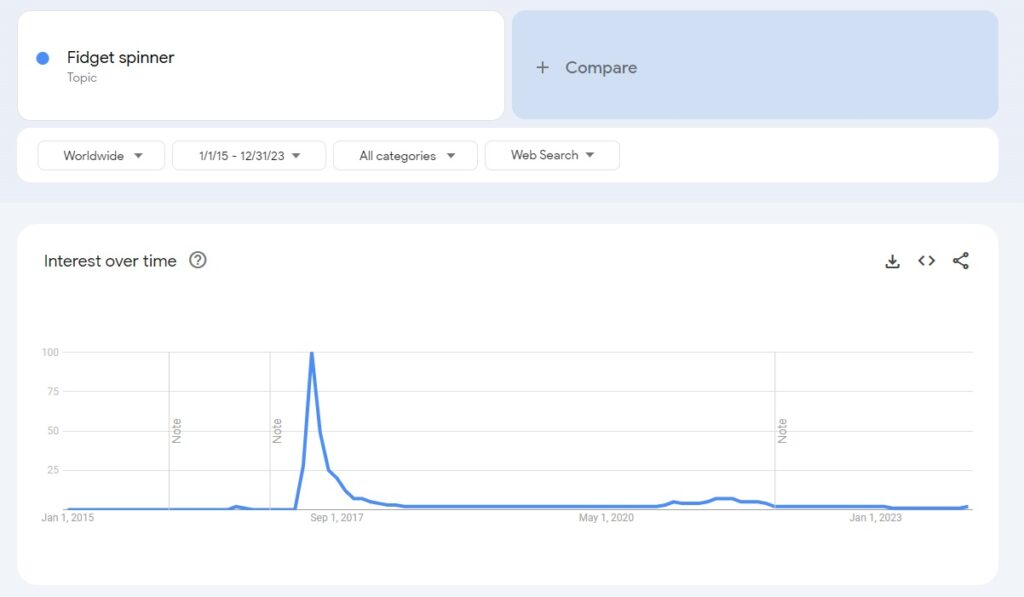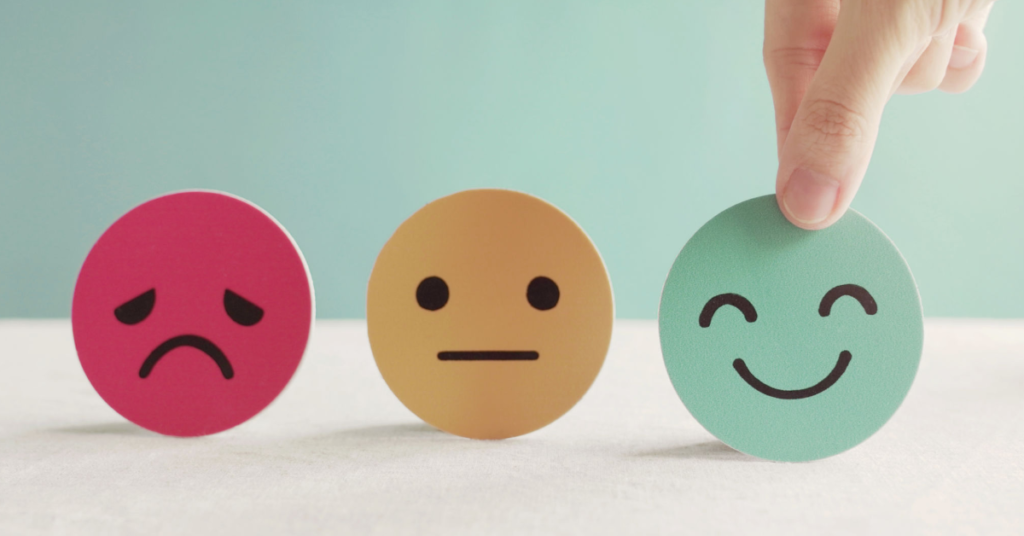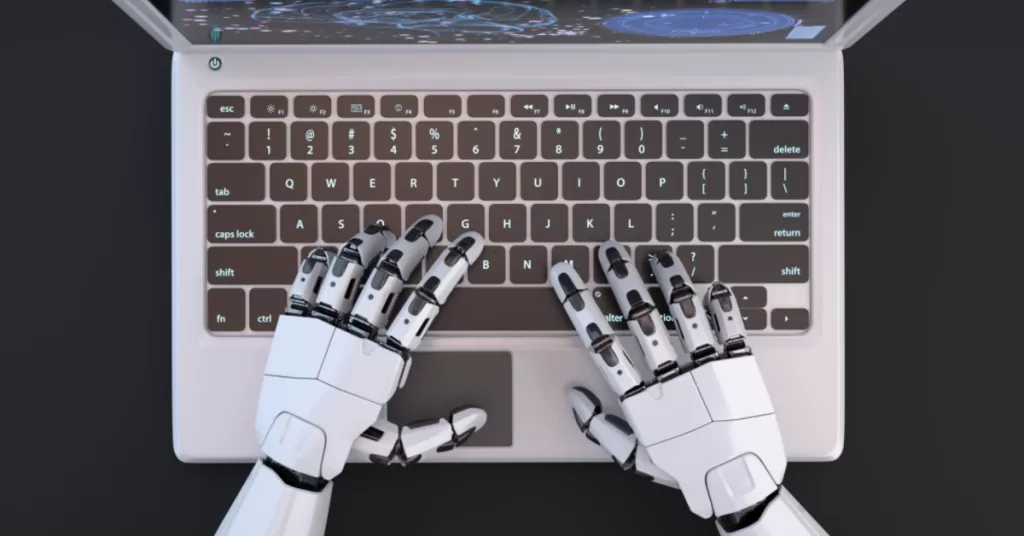Lifecycle marketing refers to guiding your potential customers through the customer journey stages. This means you are tailoring your communication channels to meet the customers at each stage of the buying process and ensure they have a smooth experience.
This is not a new or revolutionary way of doing marketing, but I see a lot of companies that struggle with it – especially smaller businesses. So let’s dive right into it and discuss why it is important and how to view it through the bowtie funnel lens.
Why Lifecycle Marketing Matters: Building Long-Term Customer Relationships
Lifecycle marketing is a strategic approach that cultivates customer relationships throughout their buying journey. More simply put, it is the way you develop the relationship with your customers from the moment they first hear about your brand until the moment they recommend your products or services.
And this is extremely important for businesses. Because with every repeat order or referral you get, you skip most of the cost of acquiring a new customer which increases your company’s profitability.
How Emotions Drive Customer Decisions
Even though we like to believe we are rational beings, humans are highly driven by emotions. They are powerful drivers for consumer behavior impacting various aspects of the customer journey. And they play a pivotal role from the initial product purchases to becoming loyalists, advocates, or even switchers.
Think about it: the fidget spinner was created for people with ADHD or autism spectrum disorders. Combined, this category makes up around 8-9% of the world’s population.
Most people did not have a good logical reason to buy one. For them a fidget spinner was useless. But, due to good marketing of dubious health claims, everyone started to buy one (or more). And the Google Trends data showcases this perfectly.

They still did it because of how it made them feel. They might have gotten a sense of belonging when meeting with friends who had fidget spinners. Maybe they had a huge sense of pride because of their collection. Or maybe they bought one because of the fear of missing out on potential mental health benefits (spoiler alert – there were none).
By understanding the emotional drivers of consumer behavior, companies can position themselves to thrive in any market.
Lifecycle marketing in the bowtie model
When talking about lifecycle marketing, you need to understand where your customers spend their time online, how they like to be addressed, or what type of content they prefer.
Based on where they are in the bowtie, you can target them with content marketing, email marketing, paid advertising, product tours, in-app messaging, etc.
The important idea here is that regardless of the channels or tactics you use, the goal is to get as many people through the bowtie, as smoothly as possible. Especially if you have long and complex sales cycles.
So, let’s have a look at how we can infuse emotion in each step of the bowtie model to increase the conversion rates.
Acquisition (Left side of the Bowtie)
In the acquisition phase, you want to attract your customers with content that evokes curiosity or excitement. You want them to see the ‘wow factor’ of your product.
The best way to do this is through video and images because you have more creative freedom than you would in text.
Show them customer testimonials filled with positive emotions about the product’s impact and address some of their objections. And I say a ‘some’ because the rest can be addressed on the landing page. You don’t want to cram everything in a video unless you have the resources to make a longer one.
One very good example of this is Squatty Potty. The product idea is simple, but the topic is not that sexy. So, with one of their first videos, they have tried to go the educational route.
They have put together a video full of information about the science and health benefits of their product and it covers all the information necessary for an informed purchase. The problem? They had a 3 minute unengaging video.
However, when you take the same topic but create a funny video filled with funny visuals and you explain the same information, people will react better to it. And that’s exactly what they did.
The best part? It worked extremely well and people loved it!
Activation (Mid-section of the Bowtie)
For the activation phase, the most important aspect is to make the customer feel special and counter any negative emotions they might feel.
In the SaaS industry, this means you must offer a frictionless onboarding experience. The less frustration the customer feels while exploring and learning how to use your platform in a free trial, the better the chances you have of converting them into a paying customer.
This means you need to have a solid understanding of where your customers are getting stuck and create top-notch documentation to prevent that. Also, you can have your Support Team proactively reach out to customers who have lower in-tool engagement scores.
But even at this stage, you don’t need to be boring. It is perfectly fine to have product tours or automated personalized demos. You can add gamification elements to your platform to hack the dopamine center of the brain. This way, you will encourage people to take action and make them enjoy the experience.
Retention & Advocacy (Right side of the Bowtie)
The customer appreciation shouldn’t stop once they have bought something from you or they started using your service. This should be an ongoing process to offer them a better experience while increasing customer lifetime value (LTV).
You can think of sending them personalized ‘thank you’ emails after reaching milestones (e.g. completing a training module) to show appreciation. Or run loyalty programs with rewards – these generate excitement and a sense of belonging.
A good example of this is bol, a Dutch marketplace, which has an annual subscription for ‘members’ to get extra perks like free shipping, exclusive discounts, next-day or same-day delivery, etc. But, they have also introduced a tier system for gifts. The money you spend on the platform gets converted into points, and for each level you reach, you get a gift. And surprise, surprise, it’s an in-platform coupon.
300 euros = 60 points = 2.50 discount coupon
900 euros = 180 points = 5.00 discount coupon
1800 euros = 360 points = 7.50 discount coupon
3000 euros = 600 points = 10.00 discount coupon
This is a very clever way of keeping your customers spending. The sense of appreciation for the gift will (sometimes) overcome the fact that the gifts are just a 0.8% discount.
For small shops, a tactic that I’ve seen working is a hand-written “thank you” on the invoice accompanied by a drawn smiley face. This small touch makes that company stand out and the customer feels appreciated because someone took the time to do that.
The same shop goes a step further and also includes a pack of cream biscuits with every order. This makes customers feel even more appreciated and delighted by the sweet surprise. The cost? I looked it up and found that the wholesale price for a pack is about 10 cents.



